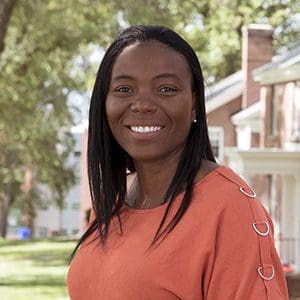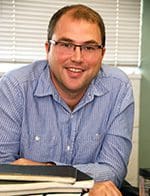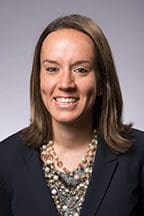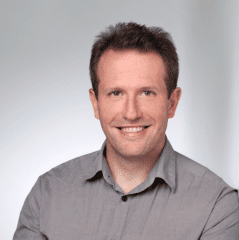The Ephraim and Wilma Shaw Roseman Seminar Series presents Professor Luisa Whittaker-Brooks
Remsen Hall 233Professor Luisa Whittaker-Brooks, University of Utah "Chirality-, Ionic-, and Spin- induced electronic transfer in organometal halide semiconductors" Abstract: Organometal halide semiconductors (OMHS) while highly desirable for a host of applications, present several challenges that remain unresolved, including the ability to control the assembly of the organic and inorganic components and interfaces at the molecular level […]




